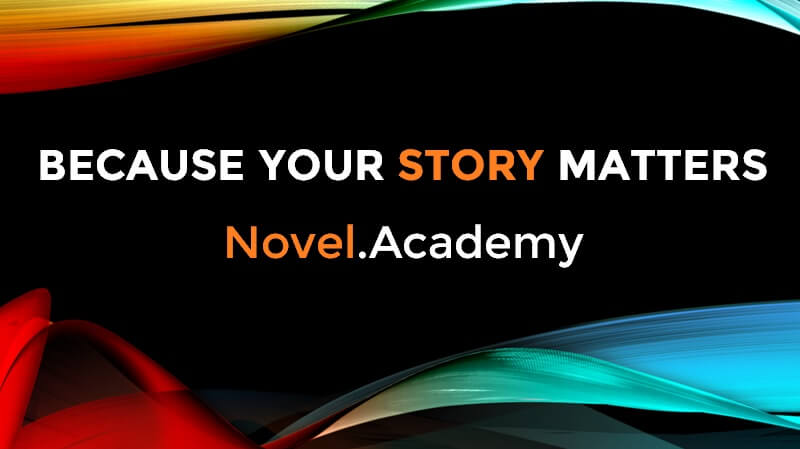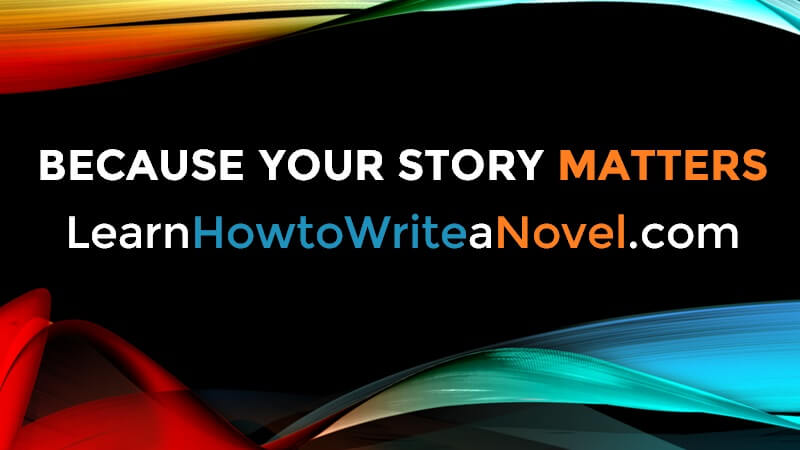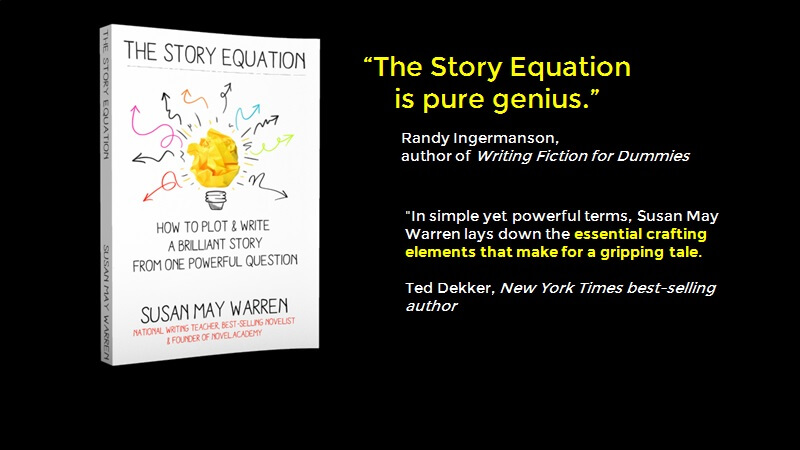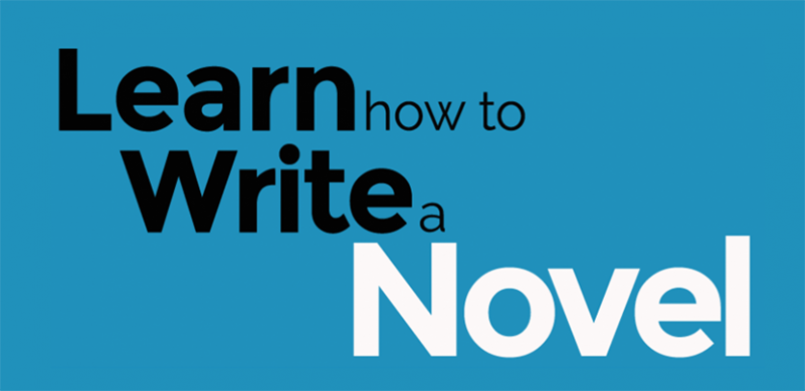Show them!
 |
| Show your character's emotion, instead of naming it! |
Now, I know a lot of you are probably having the same reaction I did when I first heard it wasn’t a good idea to name an emotion. I had a rather loud conversation with the writing book that first shared this nugget of information.
“You have got to be kidding me! Who made up this stupid rule? How can I tell the reader what’s going on if I don’t use words like scared or angry?”
And there is the crux of the problem—beginning writers always default back to telling the story. Writing fiction is hard work. It takes a lot of time and effort to write a book and write it well. You already know this—after all that’s why you’re taking the time to read and study about how to improve.
 |
| Rewriting is a challenge where everyone wins! |
Let me give you some examples. I’ll start each out with an excerpt where I name the emotion. Then, in the second, I'll let you see how I changed it to let the reader decide the emotion by interpreting the character’s actions.
Example 1
Emotions Named:
She began to cry as shame and anger warred inside. “I didn’t do anything wrong.” Her voice sounded hoarse as she tried to control her frustration.
Emotions Implied:
Tears flooded her eyes, making his features blur as she lifted her head and tried to focus. “I didn’t do anything wrong.” Her voice came out like a croak and she tried to clear her throat, but choked on the unshed tears.
The first excerpt tells the reader what’s going on. Granted, the writing is clear, but we’ve all heard the expression that a picture is worth a thousand words. The second excerpt is that picture. It invites the reader into the action and leaves them to draw their own conclusions.
Here’s another one.
Example 2
Emotions Named:
Manaen rose, her anger giving her strength as she faced her brother. “Do not think to intimidate me.” His arrogance amazed her even as it infuriated her. “I am not a child to be bullied. My Lord’s Spirit speaks to me as clearly as to you.”
Emotions Implied:
Manaen rose in response, her eyes almost even with his as she drew herself up to her full height, oblivious of her feminine garment. “Do not think to intimidate me.” Her jaw worked as she gritted her teeth. “I am not a child to be bullied. My Lord’s Spirit speaks to me as clearly as to you.”
And a final one.
Emotions Named:
Rage sent Josiah shooting to his feet. “I tell you, Manaen, I’ve never witnessed any Elder behave in this manner.” Josiah paced, feeling like his world was collapsing. Confusion made him restless. “I just don’t understand.”
Emotions Implied:
He shot up from the desk, upsetting the chair. “I tell you, Manaen, I’ve never witnessed any Elder behave in this manner.” Josiah prowled through the briefing area of their quarters, picking things up and setting them down again. “I just don’t understand.”
Now it’s your turn. Take one of these two sentences and show us the emotion in place of naming it.
Example 1
Susan’s agony flooded through her as sorrow mingled with guilt. “What have I done?”
Example 2
“Hello? Who’s there?” Jenny’s fear reached a crescendo as the footsteps above moved toward the stairs.
I can't wait to see what you come up with!
Edie Melson is a freelance writer and editor with years of experience in the publishing industry. She’s a prolific writer, and has a popular writing blog, The Write Conversation. She’s the co-director of the Blue Ridge Mountains Christian Writers Conference, as well as a popular faculty member at numerous others. She’s also the Social Media Coach at My Book Therapy.
Edie Melson is a freelance writer and editor with years of experience in the publishing industry. She’s a prolific writer, and has a popular writing blog, The Write Conversation. She’s the co-director of the Blue Ridge Mountains Christian Writers Conference, as well as a popular faculty member at numerous others. She’s also the Social Media Coach at My Book Therapy.

























Excellent examples, Edie. :)
ReplyDeleteThanks!
DeleteI know everything you're saying here is the conventional wisdom. And, as you said, for beginners this is something they absolutely need to master!
ReplyDeleteBut I'm going to disagree slightly too, and this is for the "almost there" writer. Let's say, advanced intermediate. I've noticed that some of my friends have been getting comments back from agents and editors saying that they don't have enough emotion or motivation in their book. Then, if they keep all their good showing, but occasionally name an emotion too, they get a better response.
So I think there is a point, once you learn how to show properly, that you add back in some emotion names. Otherwise, it can be vague as to which emotion is being shown. Personally, I've always used a double whammy of showing and still naming some of the emotions, and I've always gotten good response to it. Another great way to "show" emotion is through the thoughts and questions racing through the POV character's mind. I say utilize all the tools in your writing toolbox. Sometimes just saying something simply is the best tool.
Dina, I absolutely agree. Everything with writing is a balance. But so often writers don't trust their own ability or the reader to catch what they're showing. Frequently, naming those emotions is redundant and can clog up a scene.
DeleteBy the way, I LOVE your new book, LOVE IN THREE-QUARTER TIME. It's a great example of excellent craft and how to use all those writing tools well!
Aww, thanks, Edie :) And good point about not being redundant!
DeleteThank you for giving instruction that is clear and concise. I can tell I am growing in this area because of folks like you who are willing to teach folks like me. Love you Edie :)
ReplyDeleteOh my thank you so much! These examples make me realize how much I tell without even realizing it.
ReplyDeleteGood stuff to chew on. I think Dina addressed a very valuable issue and your point about balance is right on.
ReplyDeleteAs a reader, there are times when I can TELL the author is making an effort to show and NOT tell, and it just feels head-hopping or forced to me. Sometimes those gentle tellings are the perfect bridge between scenes, between dialogue, etc.
This is probably the hardest part about edits, don't you think?